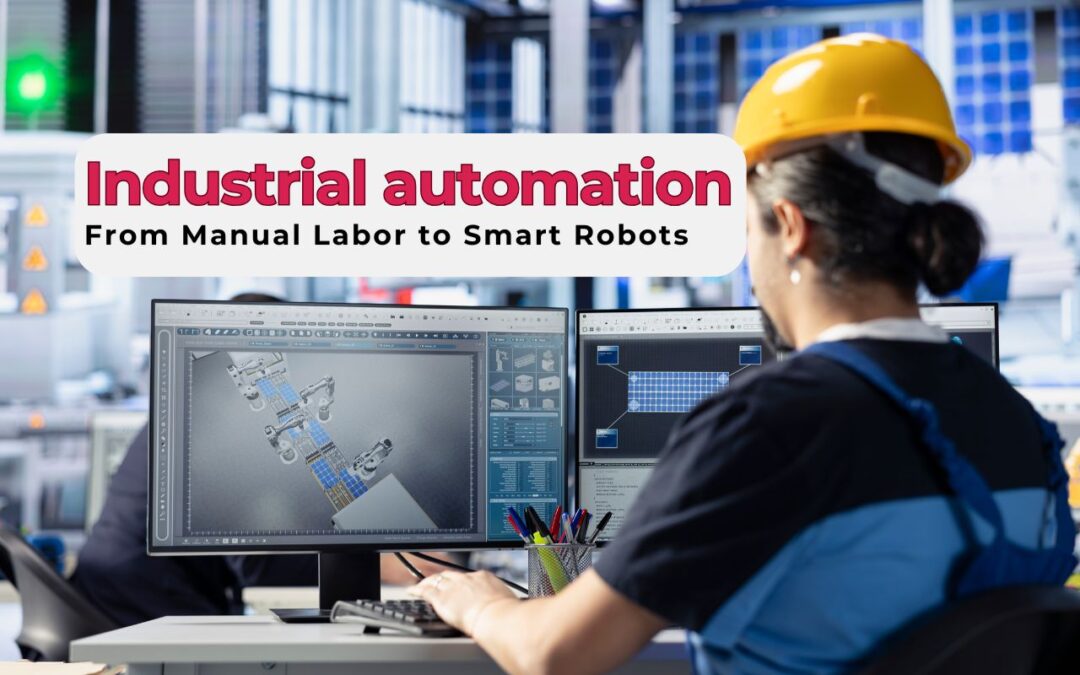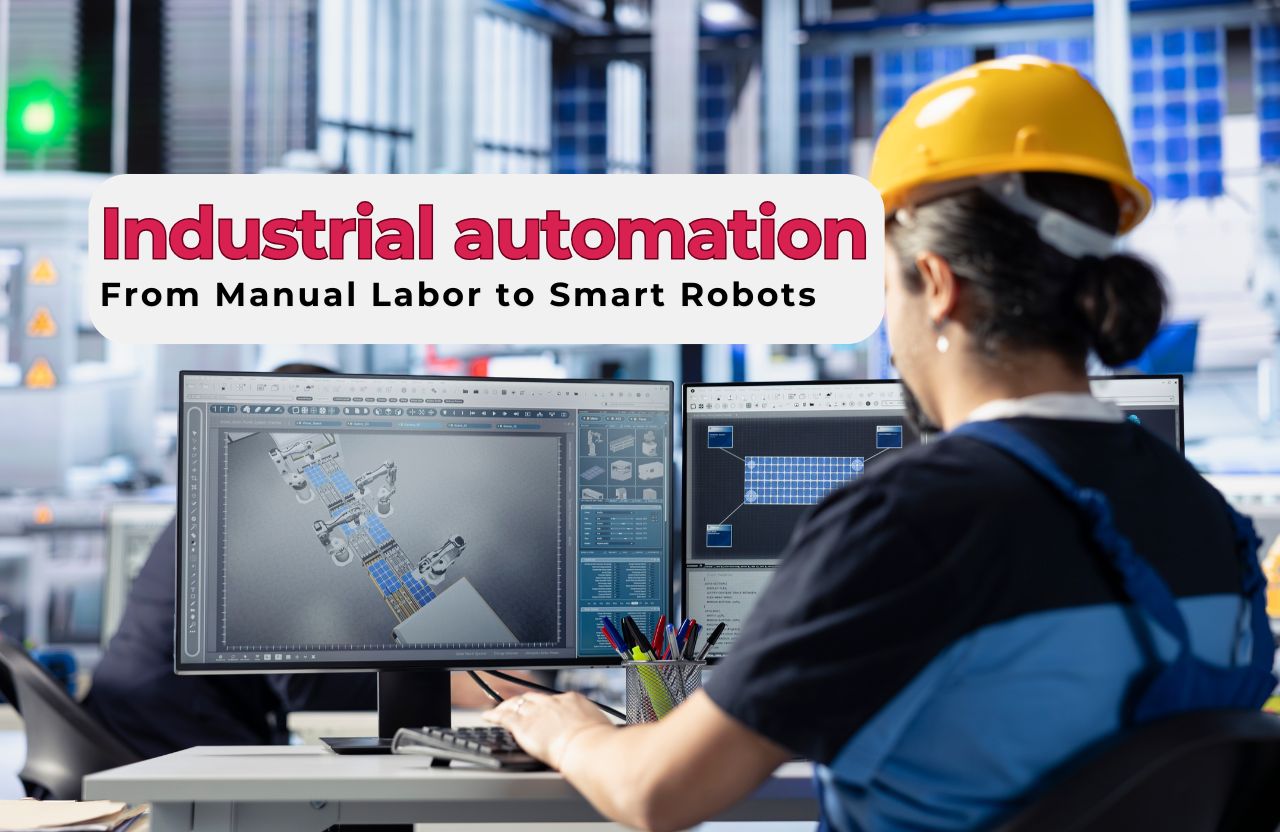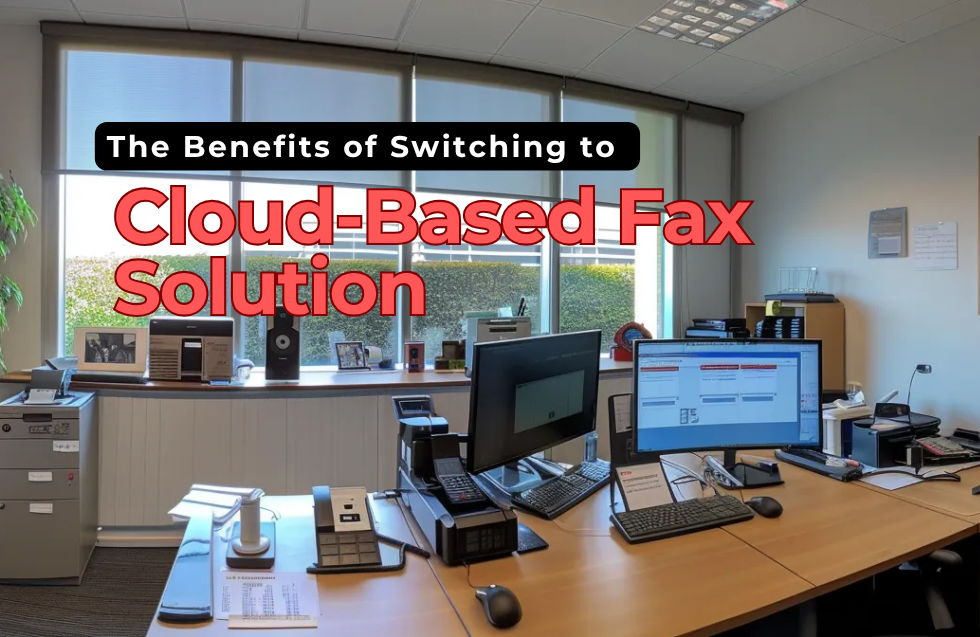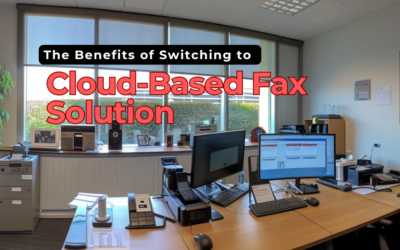For thousands of years, the world was constructed with human hands, brick upon brick, bolt upon bolt. Indigenous cultures and societies, changed over hundreds of years. With the continued uptick of technology into unprecedented levels of growth across industries, Automation began to creep in unnoticed to most. Industrial automation today is no longer just a machine doing simple repetitive actions. It is about systems powered by machines and intelligence, including AI robots and self-manufacturing units, responsible for fundamentally altering the possibilities associated with factory floors. How did we arrive here today? Come along with me on the adventure from manual labor to intelligent robots, and what we could reasonably expect in 2025 and beyond.
A Look Back At The Past: A Birth
Automation began with the First Industrial Revolution in the late 1700s, which introduced thousands of mechanical looms and steam engines, displacing human work. But it wasn’t until the 20th century, when Henry Ford launched the assembly line in the automobile sector, that the true possibilities of automation became apparent. This was the first step change associated with the production and automation of production.
By the 1950s, the word “automation” had gained official prominence in the language of the automobile industry. Then, by the 1960s, industrial robots such as Unimate were operating on factory floors, increasing productivity and changing their prospects.
The Growth of Digital Control: PLCs and Early Robots
In 1970s and 80s saw the development of the Programmable Logic Controller or PLCs. These devices are programmed by machines to be programmed and perform a variety of tasks and add some flexibility to manufacturing. At the same time, early robotic equipment infiltrated the electronics and automotive manufacturing processes by performing welding, applying pain,t and assembling with speed and repeatable accuracy.
As computers continued to grow and become affordable and functional, Control systems grew as well. SCADA systems (Supervisory Control and Data Acquisition) came into existence in the 1990’s giving rise to remote control and monitoring in real time to oversee many parts of the manufacturing process, creating another line of evolution towards operations and automation that are becoming smarter.
Automation in the 21st century began to merge with digital transformation and about the year 2000 some key technologies transformed the ability to achieve automation:
- Artificial Intelligence (AI) and Machine Learning made it possible for robots to learn from patterns, detect anomalies, and improve with experience.
- The Internet of Things (IoT) enabled the introduction of smart sensors and connected everything via the internet transforming every mechanism into a data collection and reporting device.
- Cloud computing allowed for real time monitoring and predictive maintenance across millions of facilities located throughout the Earth.
All of this, represented a shift from automated tasks, to automated decision-making.
Update 2024-2025: Smart Robot Revolution is Here!
Now moving ahead to 2024-25, we’re in a smart robotic and generative AI revolution in manufacturing:
Cobots (Collaborative Robots)
As compared to the aged robots in the cages, cobots also work alongside humans to support, lift, inspect, and assemble! According to a report compiled in 2025 by MarketsandMarkets, the worldwide cobot market is anticipated to grow around $16.9 billion by 2029, and is accelerating due to SMEs (Small to Medium-sized Enterprises) automating their lines economically!
AI + Robotics
Siemens, Tesla, and ABB are leading the revolution for AI-powered robots integrating with robotics systems that can learn from machine to human, using production data in real time. These robots do not rely on only following instructions, they can adapt, improve discrepancies, and predict chronic and catastrophic failures, and fix them before they happen.
5G & Edge Computing
By 2025, as 5G continues to permeate, manufacturing smart factories are now using edge devices for more localized and quicker processing capabilities to minimize user downtime and congestion and receive alerts in real-time, which allows for robotics hyper-responsiveness to data captured.
Sustainable Automation
As sustainability movements continue globally, ESG (Environmental, Social, and Governance) automation is being used in manufacturing operations to minimize scope 1, 2, and 3 emissions stemming from waste reduction, resource use minimization, and closed-loop systems such as machines learning to optimize resources. Automating to make less waste and emissions is becoming the norm!
What does this signify for jobs and the workforce?
A common fear is: “Will robots take all of our jobs?”
The truth is somewhere in between.
Automation will replace people from performing repetitive or dangerous tasks, but will also create new roles, for example: robot technicians, automation engineers, AI trainers, and system integrators.
Looking forward, governments and companies globally are investing in reskilling programs. The World Economic Forum estimates that 44% of workers’ skills will change by 2027, and that industrial automation is a key force in this change.
What’s next, looking ahead:
As we move into 2025 and what lies beyond, we can expect the following in the world of industrial automation:
- Digital twins: Virtual copies of physical factories that can be used to test implementing changes.
- Generative AI and design and manufacturing: AI will assist not only in production, but will also enable manufacturers and designers to generate parts and systems more easily.
- Hyperautomation: Greying RPA (Robotic Process Automation), AI, ML and process mining together we will automate everything that can be automated.
Conclusion:
The invisible engine of modern industry, from handmade goods to intelligent factories that learn for and on behalf of us, industrial automation has made an amazing journey.Today’s considerations are not just efficiency, but innovation, sustainability, and adaptability.While machines are getting smarter, the question is how we will choose to utilize them as humans. Smart robots are not a replacement, but rather, our collaborative partner. Together we will create a future where industries are faster, safer, cleaner and smarter than they have ever been.













